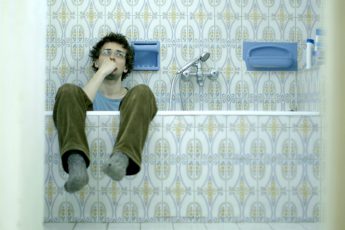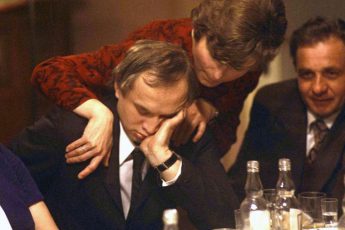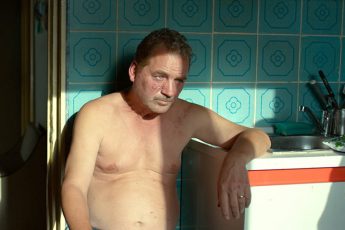
Can TV save European cinema? That is what TV and film director Agnieszka Holland suggested in a recent interview with this journal, in which she states the need for European film to regain a cinema of the middle, “professionally well-made films with powerful stories dealing with more complicated subjects, but in a way that is accessible for the audience”. Holland’s diagnosis is that European directors have failed to serve an audience that “has needs for more ambitious films but which doesn’t want to deal with experimental films”, a genus which she thinks was killed by festivals (and to a lesser degree by critics) and the disappearance of which supposedly led to a fragmentation of the film landscape into festival-goers and multiplex audiences.
This is a baffling diagnosis, if only for the reason that festivals seem to be moving in the exact opposite direction by doing more and more to appeal to the the masses (just deliberate for a moment that the Berlinale screened Fifty Shades of Grey this year). On the other hand, the two auteurs she picks out as still making the good, old kind of films, Andrey Zvyagintsev and Nuri Bilge Ceylan, are everything but accessible and clearly no fit material for a cinema of the middle. (And yet we do not want to deride the fact that they succeed at film festivals.) Finally, when Holland, Chair to the European Film Academy, states boldly and we think rightly that most of the films she gets to appraise are cast in the same mould, this seems to precisely be a consequence of European cinema having moved towards the middle, having become non-experimental and accessible and generally audience-oriented. Indeed, most film festival submissions nowadays are no more experimental or inaccessible than your ordinary Blockbuster, if made with a different vocabulary. Unless one is looking for economical advice, what European cinema can learn from TV is not that one must regain the middle, but that on the contrary one needs to try and break with conventions – be experimental – to reshape the medium. Indeed, this is a lesson one cannot derive from just any TV work, but from that of Holland herself…
***
Rohan Crickmar offers an extensive analysis of Holland’s TV work in both Europe and the US, retracing how she carried her know-how across the Atlantic and back and thus revealing the connections between filmmaking under State Socialism and directing crime series in the US. Although not directly TV-related, Colette de Castro reviews Hungarian director’s Gabor Reisz’s For Some Inexplicable Reason and compares the film to US-American comedy series.
Julia Zelman saw the much celebrated Russian film The Fool and compares the film’s portrayal of moral decay to Bulgakov’s classic The Master and Margarita. Konstanty Kuzma and Moritz Pfeifer continue this year’s focus on the South Caucasus with a review of the Soviet classic from 1926, Namus, and of Elçin Musaoğlu’s The 40th Door from 2009.
Konstanty Kuzma & Moritz Pfeifer
Editors




Leave a Comment